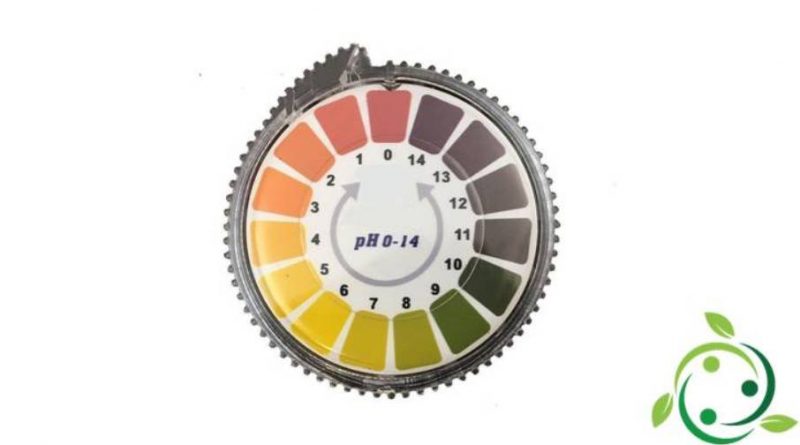How to measure the pH of the soil
How to measure the pH of the soil
Whether you are an experienced farmer or a beginner you can not help but know one of the most important parameters of the soil, ie the pH. Let’s define what the pH is and then its repercussions on plant cultivation. The pH, as a definition, is the negative decimal logarithm of the concentration of H + ions, ie in formula: pH = – log [H +].
To be more practical and more understandable to those who do not chew much chemistry, the pH is nothing more than a reading scale of the concentration of H + ions (and complement of the OH- ion) in water or in an aqueous solution.
This concentration is so important that it determines the capacity for existence of life and forms of life.
Since the soil also has its own circulating solution (in continuous contact with soil particles), knowing the pH of this makes us understand which plants are best suited to certain pH conditions, ie the concentration of H + ions in it. The pH reading scale goes from 0 to 14; pH with a value towards 0 equals solutions richer than H +, pH around 14 equates to solutions gradually more poor than this ion. With pH equal to 7 the two ions are balanced and normally life (also that of plants) finds better conditions around neutral pH (those equal to or close to 7).
However, there are so-called acidophilous plants that prefer lower pH and basophilous plants that prefer pH higher than 7; therefore knowing the pH of the soil we can avoid the cultivation of a species in conditions unsuitable for its growth and therefore with poor or even negative productive results. Obviously most of the farmers by profession or hobby do not have instruments (pH meters and other laboratory) that can make this measure and therefore if they want to know this measure must find cheaper, faster and above all cheaper solutions.
So let’s see how the soil pH is measured in a practical and economical way; the most practicable solution is to buy litmus paper which has the characteristic of changing color when the pH changes. In the packaging of these maps there is also a chromatic table that allows you to understand, once inserted the map in the solution circulating the soil to evaluate the pH of your substrate. The most practical method for making this measurement is to mix a part of soil and 2.5 parts of water and stir this mass for a few minutes, then rest the mass for about half an hour and then do it (through the contact with a litmus paper) the pH measurement. In a few seconds the map will take on a new color and it will be enough to compare the color of this (better when dry) with the chromatic scale combined with the litmus paper kit to understand the pH value of our soil. It is evident that if you want a more concrete answer, you will need to purchase precision litmus papers that also allow you to read the half pH unit.
Now we can only compare this value with the pH preferred by each plant species (even within this portal) to understand if the choice you want to make is optimal or discouraged. In principle, you can operate, within certain limits, the pH corrections of your soil, raising or lowering it, and then bringing the characteristics of the soil closer to the cultivation you want to make.

